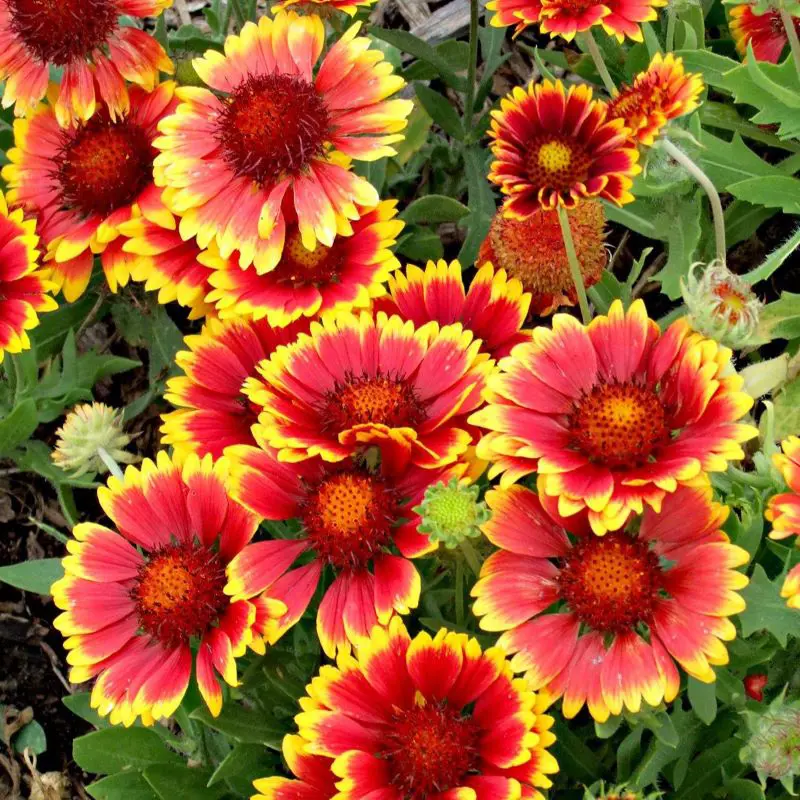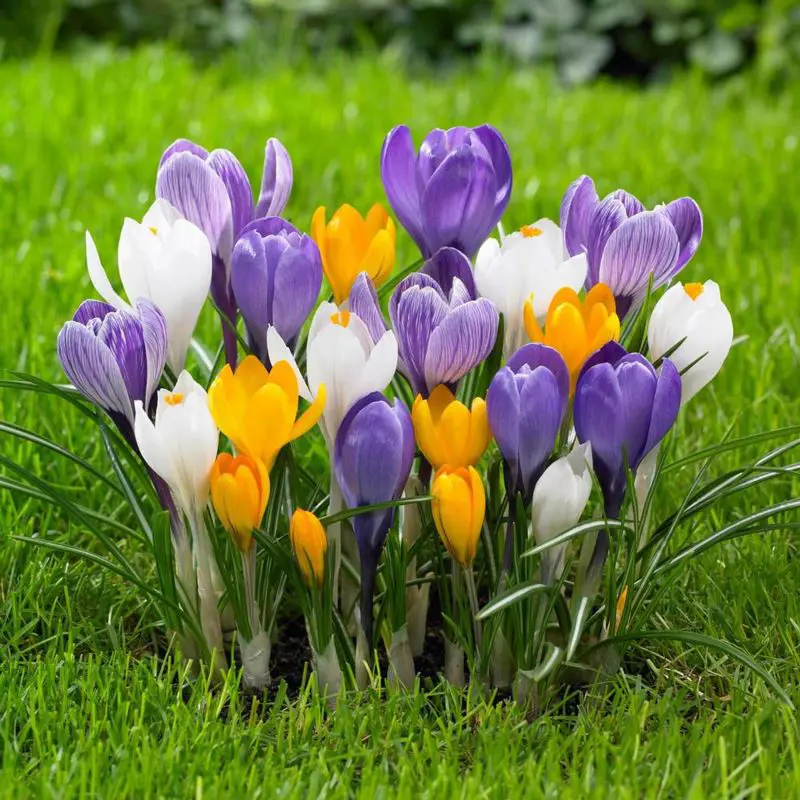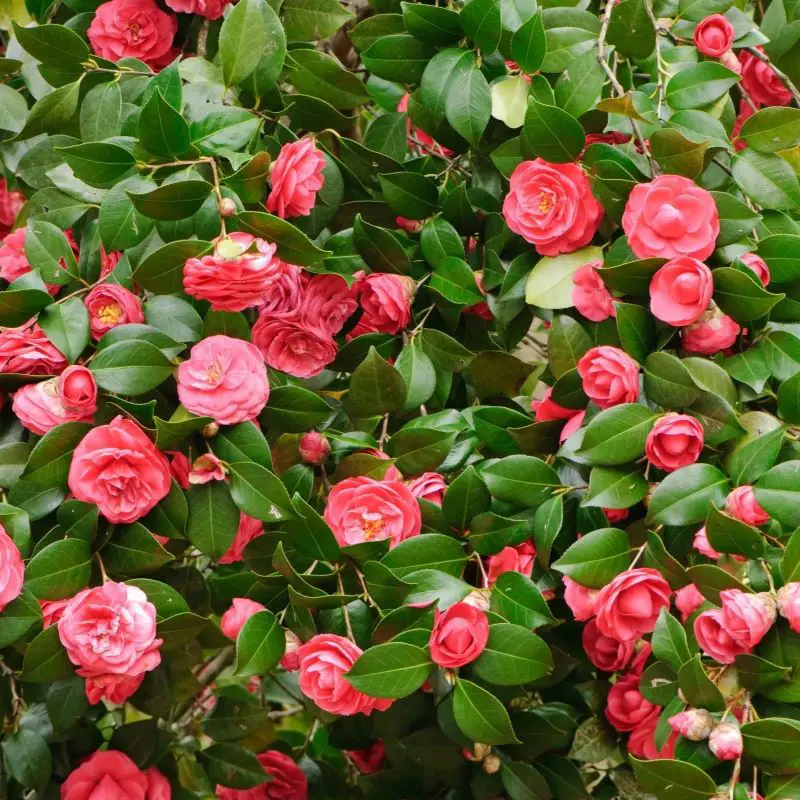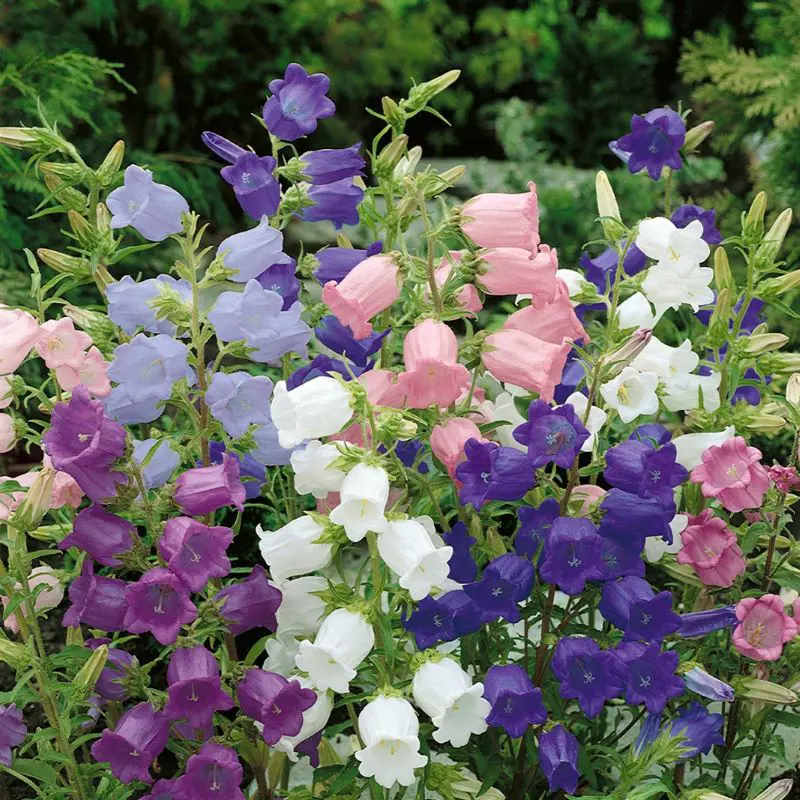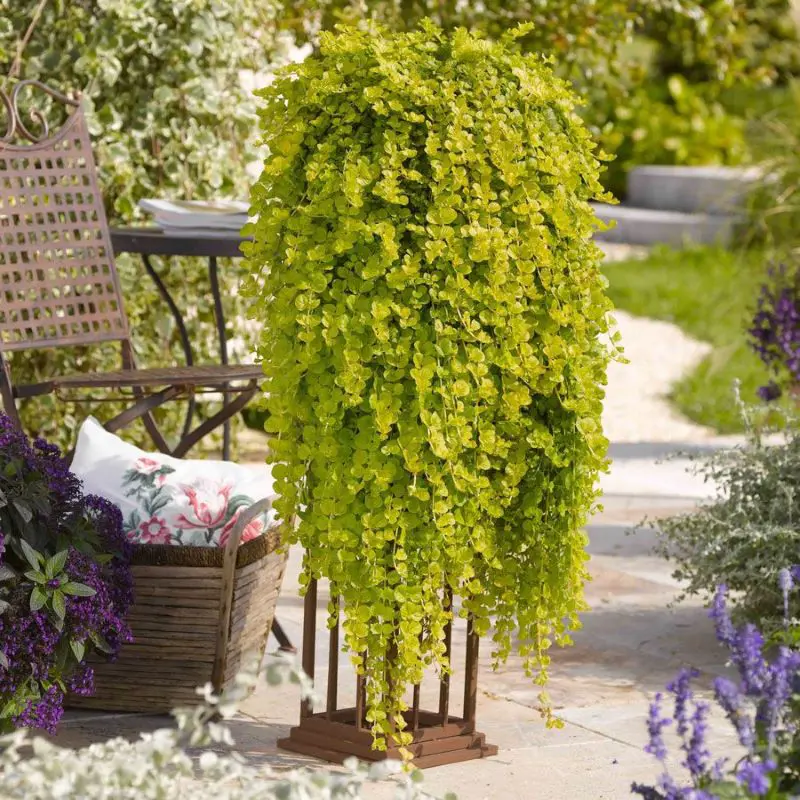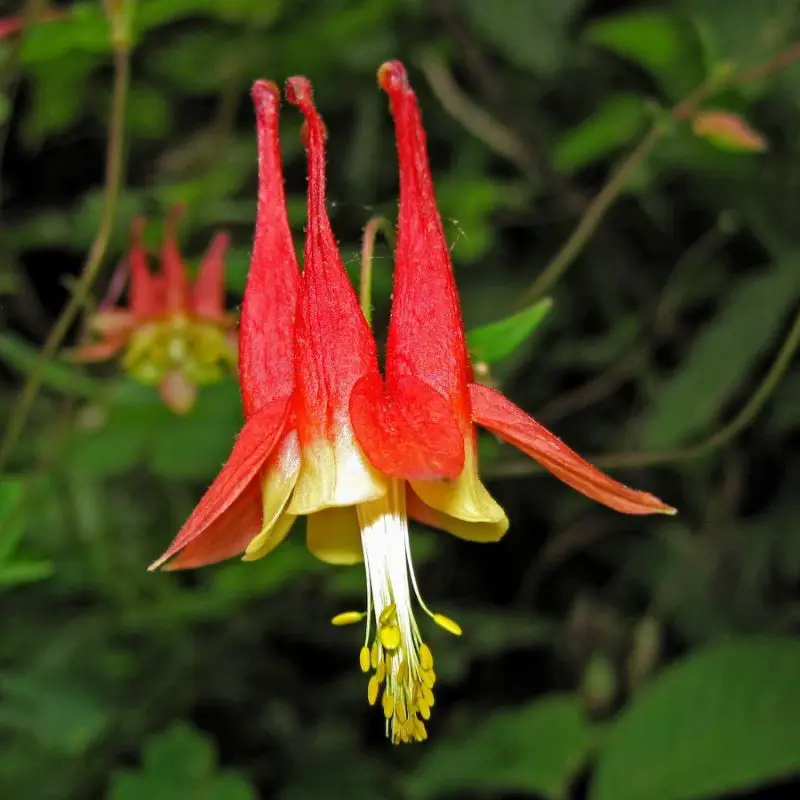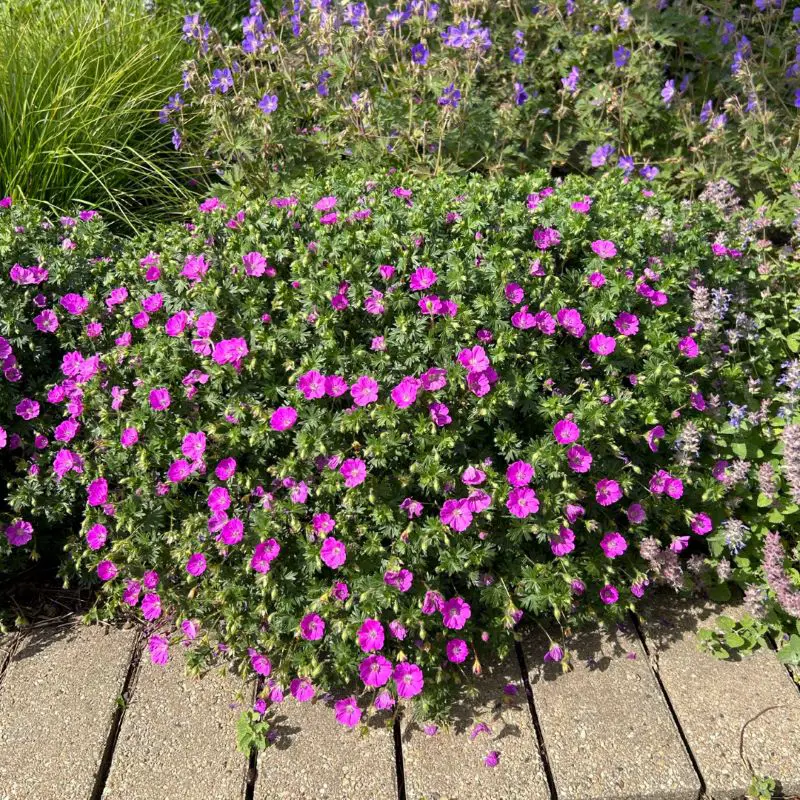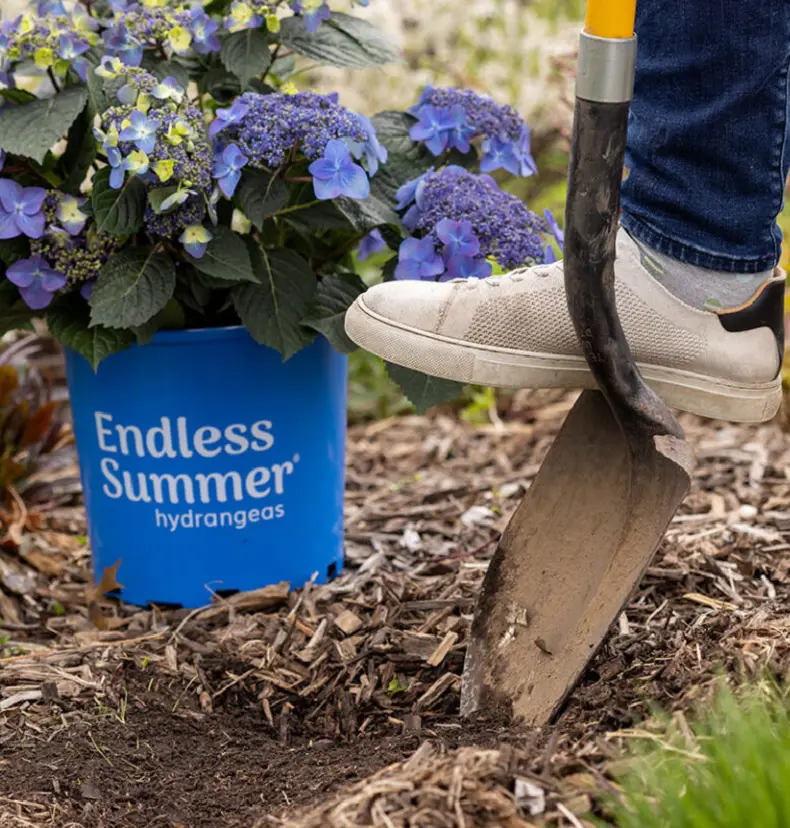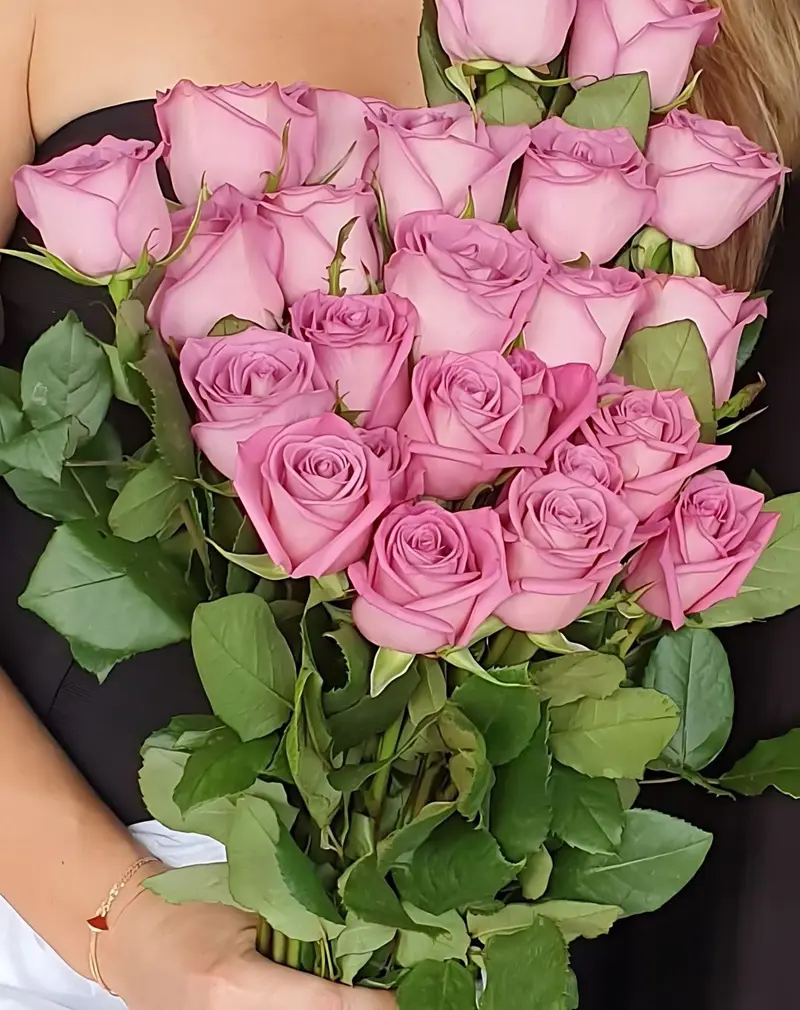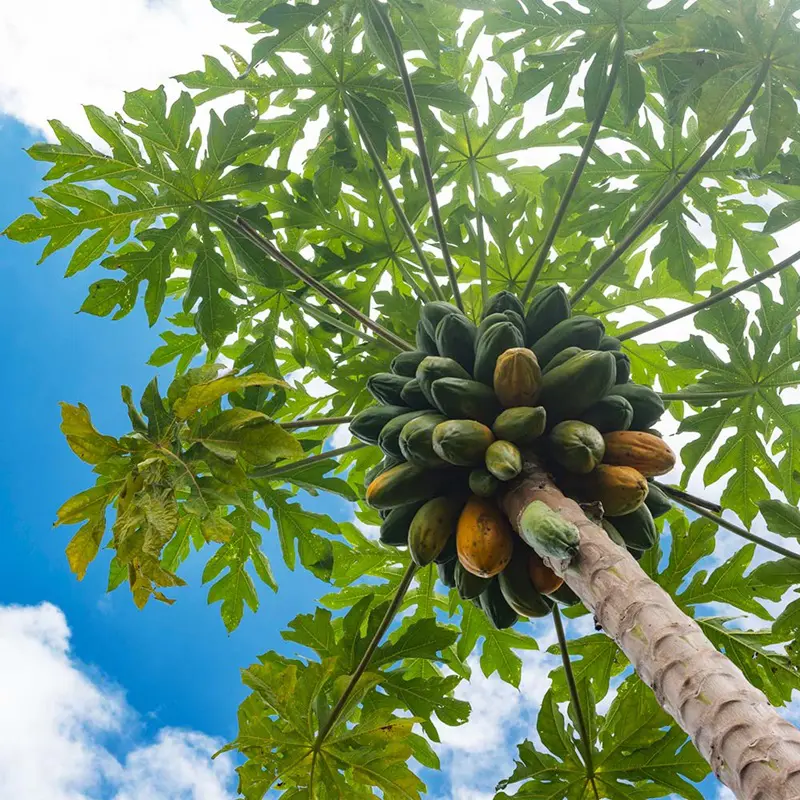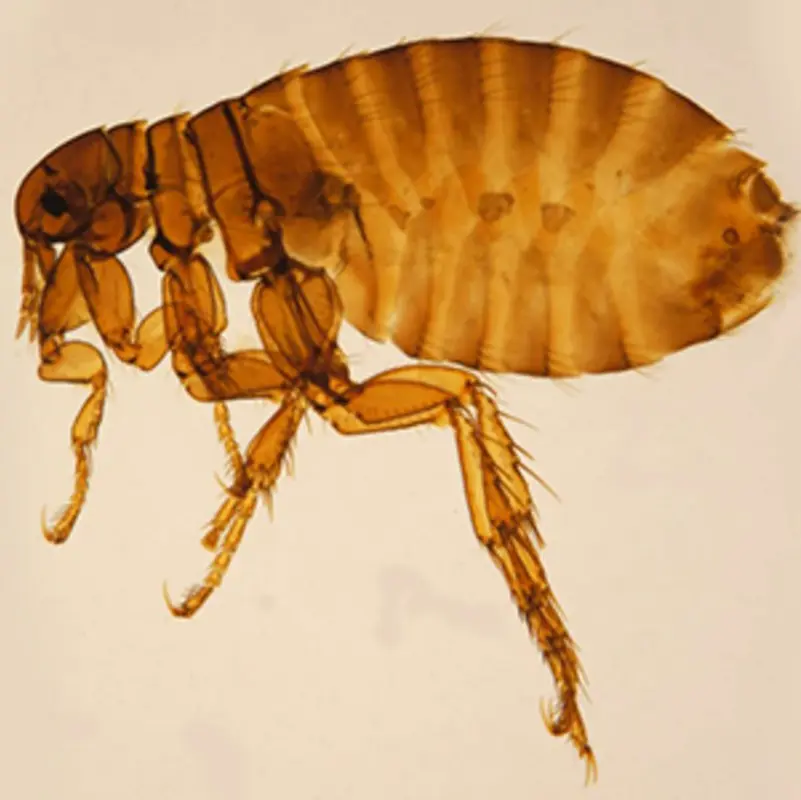1. Carnation

Carnation is one of the beautiful flowers starting with c. They are popularly known for their appearance having ruffled and fragrance like a spice. They are found in various colors which have their symbolism depending on variety.
Some examples of red carnations also symbolize love and admiration. At the same time, the white color carnation symbolizes purity and luck in it. Carnation is native to Eurasia. They are commonly found overall of the world and harvested in gardens, floral arrangements, and as cut flowers.
